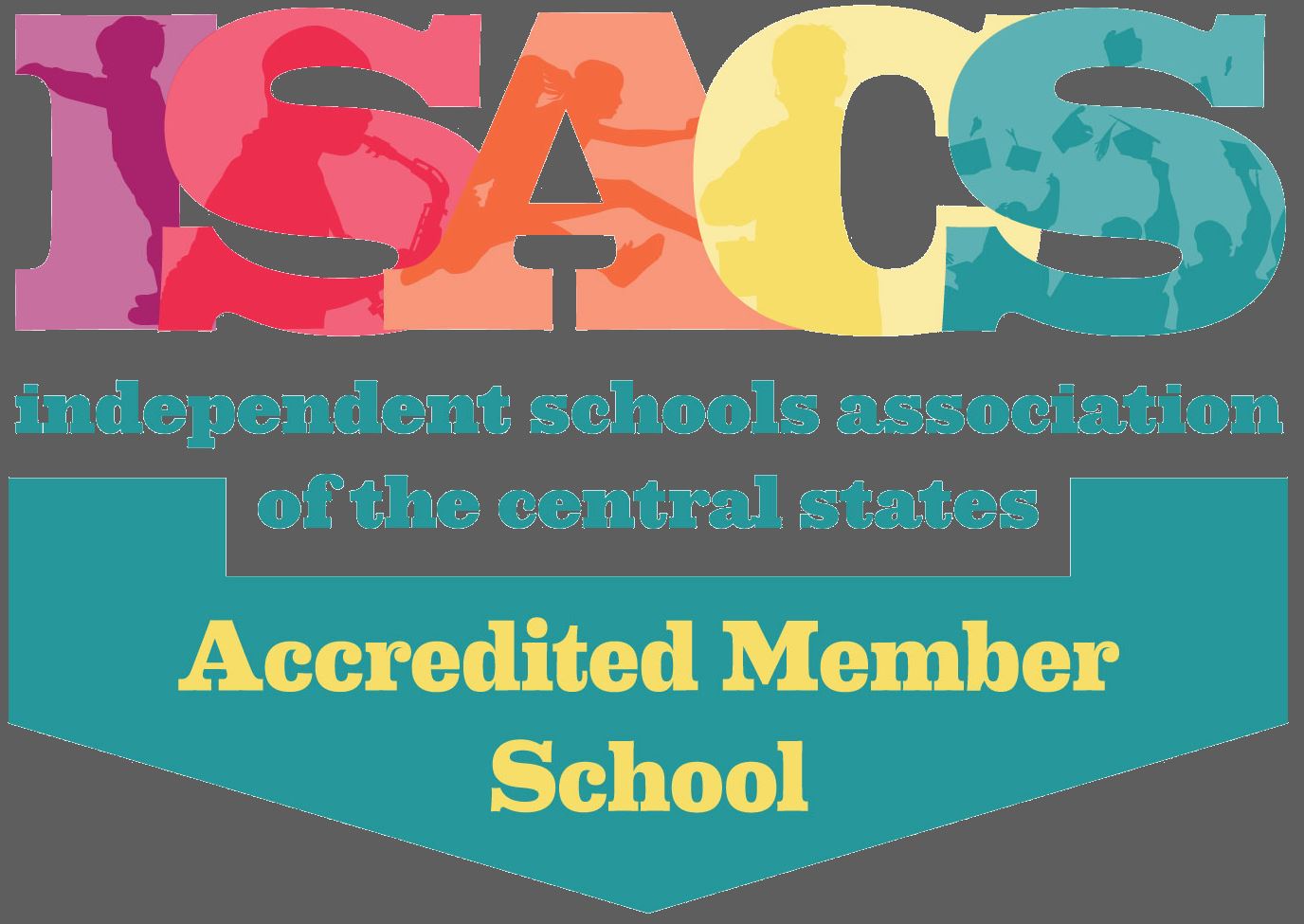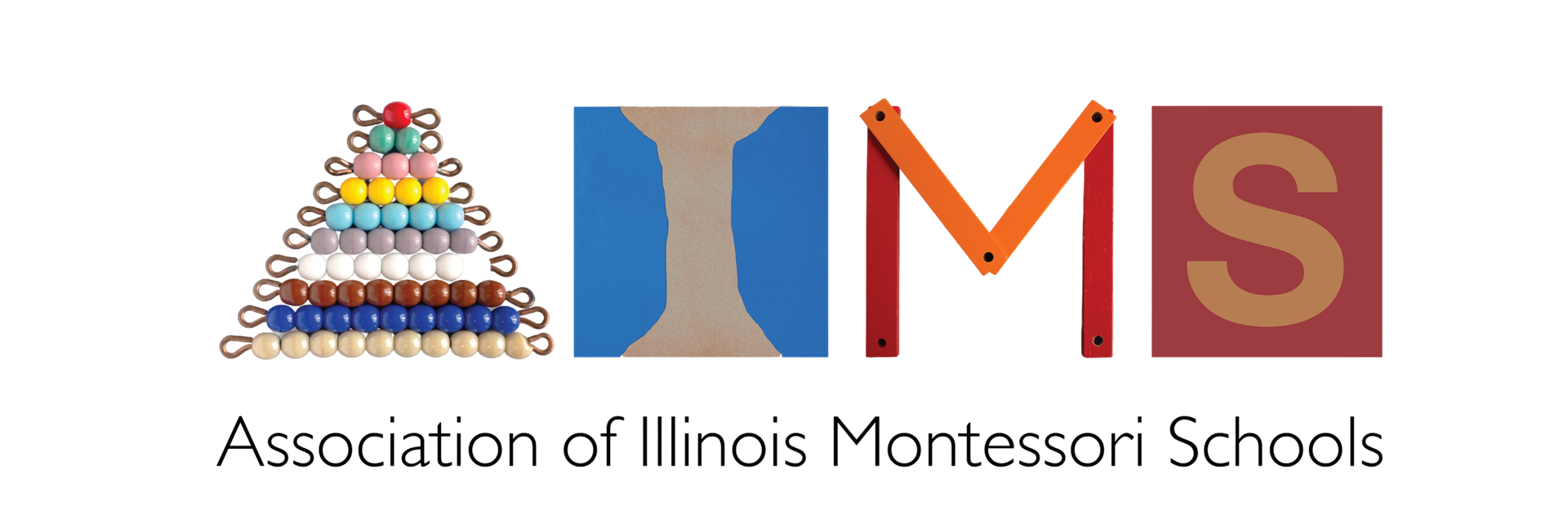Dear Maria: Mixed Age Groups
“You cannot imagine how well a young child learns from an older child; how patient the older child is with the difficulties of the younger.”
– Maria Montessori
Mixed age groups are an integral part of the Montessori philosophy of education, social development, and community building. Our older students, who have been in the classroom for a year or two, know the established rules and are wonderful guides for expectations for the younger students. Socially, the younger students observe how their peers interact with each other, continuously reinforcing the social standards the teachers and students set for the classroom. Younger students respect and emulate their older peers.
“There are quite a few times when I'll ring the bell and say to the class ‘It's time we lower our voices.’ The students will quiet down for a few minutes and then a student will ring the bell and say ‘It's still a little too loud for me to focus on my work in here’,” says Melissa Willens, 6-9 Head Teacher. “Having the students modeling behaviors for the rest of the class is very effective; not only do they really respect and listen to each other, they learn that they can comfortably ask the same of the class when needed.”
Second and third-year students in a classroom are comfortable with works and the environment, and simply by doing their own work, they naturally model and influence the younger students on the use of materials and the classroom space. And there are many lessons to be gained from observation of other students. A younger student may simply be watching an older student working and not appear to be productive. However, their careful observation of how that student works with the materials and interacts with others is crucial.
“Another thing that's really beneficial about it is that the older students get to practice the concepts they've learned in different ways,” explains Melissa. “There may be a material that an older student has mastered in first and second grades, and then when they get to third grade, they may not need to repeat the work any longer. However, Maria Montessori was an advocate of that repetition and demonstration for younger students, as a way to further integrate that mastery. It also helps me, as a teacher, observe what concepts a student has fully gained when they're able to teach it to another student.”
One common misconception is that the younger students may compare themselves to their older peers and feel inadequate. However, what our teachers at RPMS have observed for decades, is while the younger students look up to their older peers, the older students’ presence is very beneficial for younger students, as they see the path to take to get to the same level of understanding of a concept. Furthermore, it's a great confidence boost for older students as they move through the program. A child in first grade who's feeling shy and not so confident, has the same teacher and peer group for 3 years, which can help him feel comfortable and safe, and able to take on challenges until they succeed.
“Invariably, there will be students who don't get along, and share a classroom for 3 years, maybe even longer. Having this time together, however, allows our team to support each student to learn how to deal with those same situations we adults encounter every day,“ expresses Melissa. “Our team message is that it's okay to not prefer to do work with someone, but what we as humans need to figure out, is how to still be a healthy community with each other. We adults are clear that there may always be others we don't get along with very well. Rather than avoid every uncomfortable situation, we can use this time, in this same community, to develop emotional and practical tools to continue to be productive students, to see that person as an important part of the community, and allow each student the space to grow and change.”





